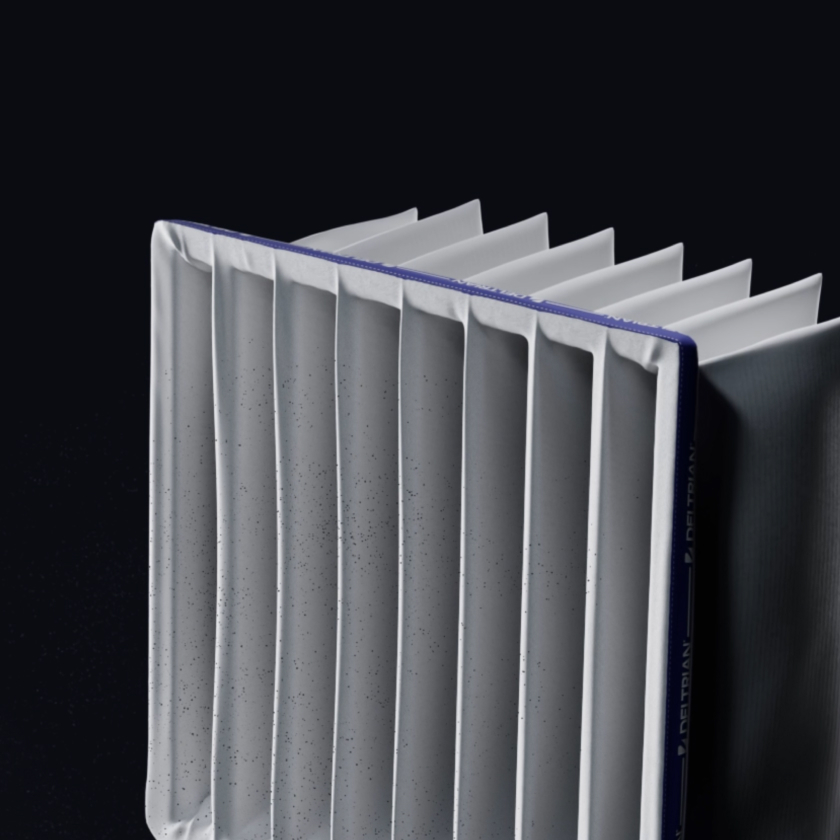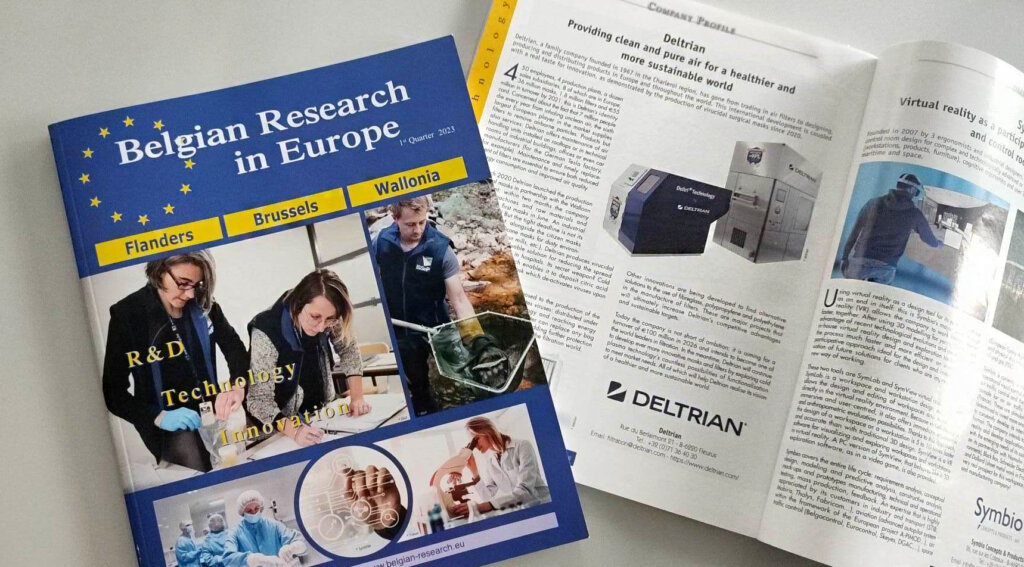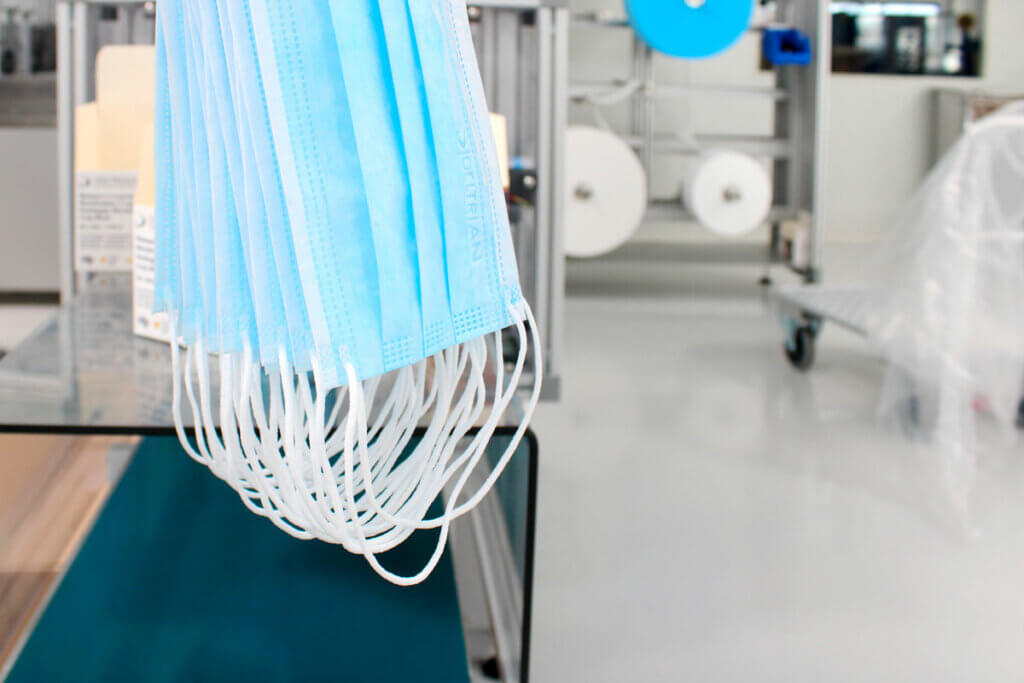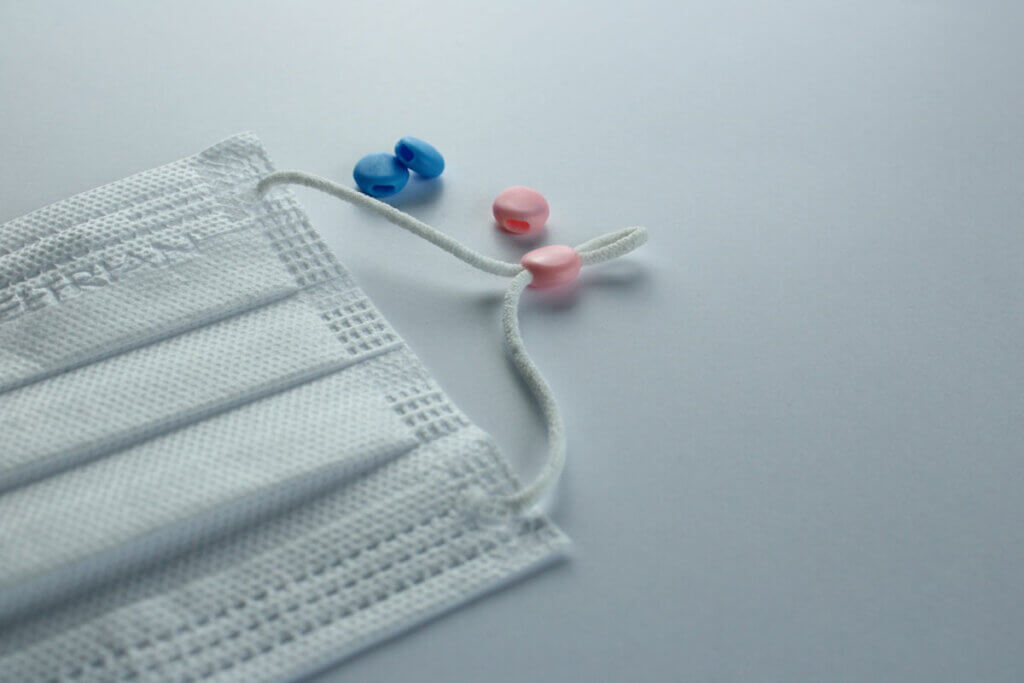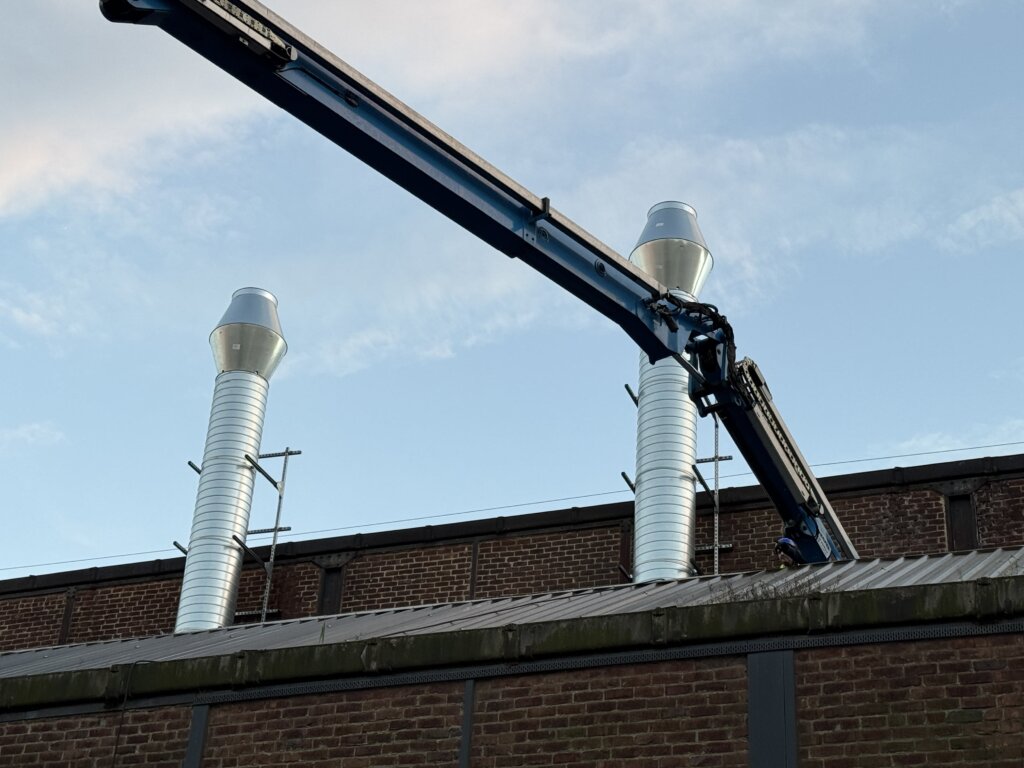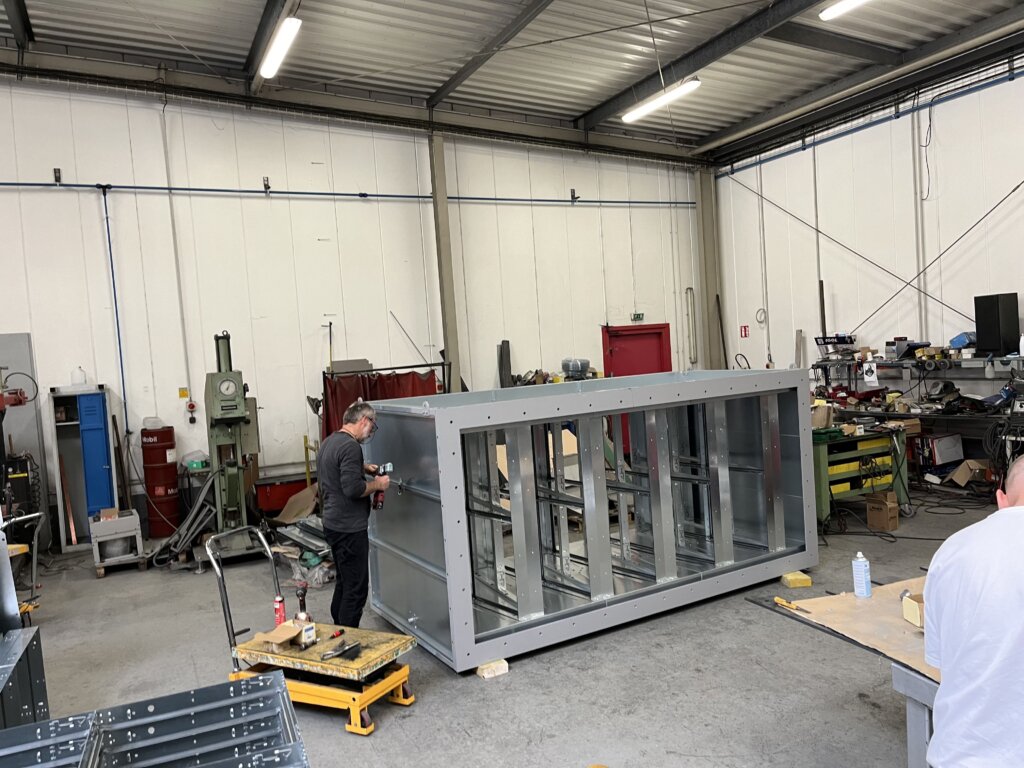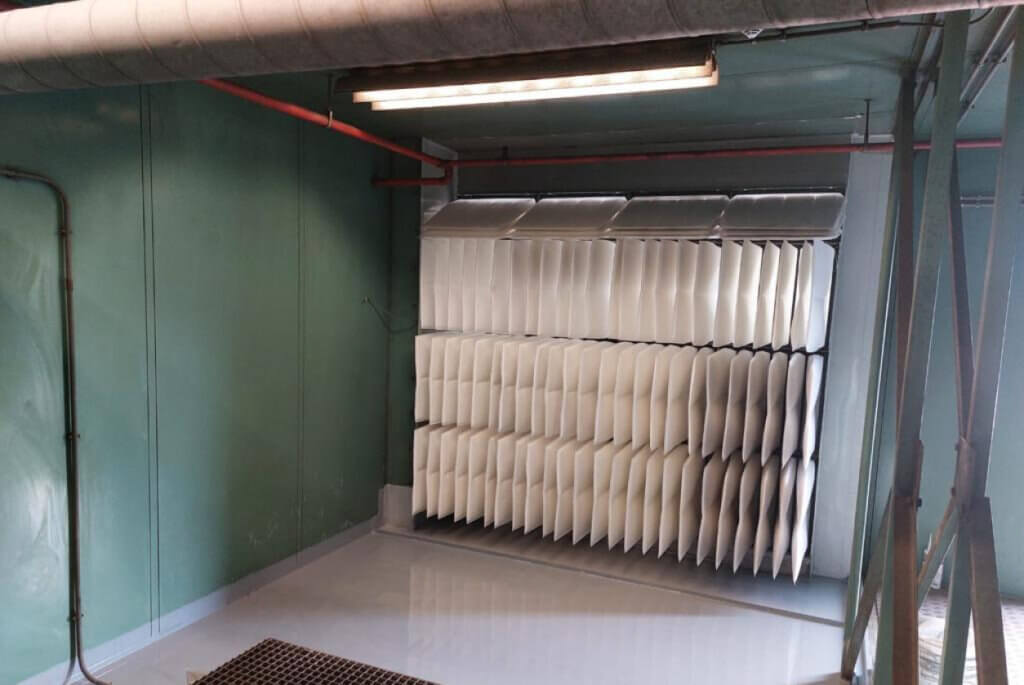Understanding different types of fine particles: PM10, PM2.5, and PM1.
The air we breathe contains many fine particles, including PM1, which can have health consequences. Find out how to protect yourself.
Published on 06.09.2023
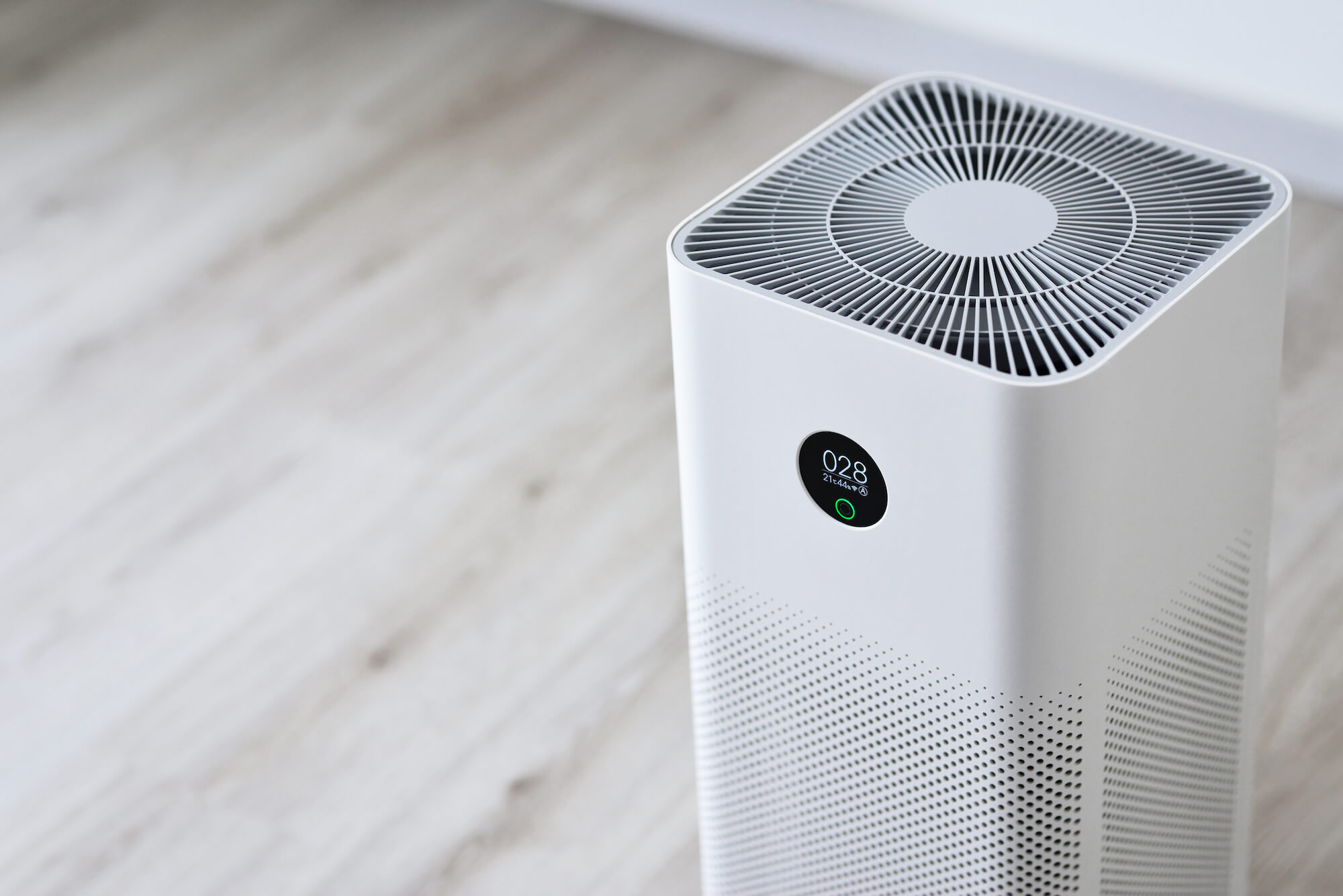
Table des matières
Types of fine particles.
A major form of pollution.
Understanding the types of fine particles.
Protecting against fine particles.
Types of fine particles.
PM10, PM2.5 and PM1
The air we breathe, whether indoors or outdoors, contains numerous particles.
These particles can be classified into different categories:
- PM10
- PM2.5
- PM1
Each of these fine particles has adverse health effects. In fact, a recent study by the World Health Organization (WHO) highlights the serious health consequences of air pollution, especially in urban areas.
According to the WHO, poor air quality leads to millions of premature deaths worldwide each year. Cardiovascular conditions, such as strokes and heart attacks, are the primary culprits.
In this situation, what can we do to protect ourselves from fine particles and safeguard our health?
First and foremost, it’s essential to understand what PM10, PM2.5, and PM1 fine particles are.
Fine particles: a major form of pollution.
Sources of fine particles.
Fine particles are one of the primary forms of air pollution. They result from the combustion of fossil fuels, industrial processes, as well as everyday activities.
For example:
- Residential heating,
- Gas cooking,
- Vehicle and motorcycle emissions,
- And more.
In essence, whenever combustion occurs, fine particles are emitted into the air we breathe.
Understanding the types of fine particles.
PM10, PM2.5, and PM1 : what are the differences?
Three types of fine particles can be distinguished:
- PM10 fine particles (0.01 mm),
- PM2.5 fine particles (0.0025 mm),
- PM1 fine particles (0.001 mm).
PM1 particles are the most dangerous. Inhaling these particles can have distinct effects, depending on individual sensitivity and health.
PM10 Fine Particles
These are particles with a diameter of less than 10 micrometers, often referred to as “coarse particles.” They come from road traffic, road wear, and are formed by combustion. When we breathe, these particles remain in the lungs and do not penetrate further into the respiratory system.
PM2.5 Fine Particles
These are particles with a diameter of less than 2.5 micrometers. A significant portion of them results from polluting activities (diesel engines, soot, particles resulting from the chemical transformation of pollutant gases into nitrates and sulfates, combustion waste). These particles can penetrate into the lung’s alveoli and go further than PM10 particles.
PM1 Fine Particles
Particles with a diameter of less than or equal to 1 micron are called “ultrafine particles” or “nanoparticles.” These particles pose the greatest health risk because they can cross the alveolar-capillary barrier, enter the lungs directly through the bloodstream, and consequently spread to organs, including the brain.
Indeed, when we breathe, air enters through the mouth, nose, or trachea. The trachea conveys air to the bronchi. At the ends of these bronchi are the alveoli, which transfer oxygen to the blood, which then distributes it throughout the body. If the air is polluted, harmful particles mix with the inhaled oxygen, penetrating deep into the bronchi, and then into the bloodstream. Inhaling these particles increases the likelihood of health problems, including the risk of heart attacks and strokes.
Protecting against fine particles.
What are the solutions?
In this situation, what can be done to protect against fine particles and preserve one’s health?
The first step is to equip oneself with suitable equipment to filter the air in your indoor spaces. Surprisingly, indoor air can be 4 to 5 times more polluted than outdoor air. Considering that the majority of the population spends most of their time indoors, the importance of equipping oneself becomes apparent.
Furthermore, insufficiently filtered air allows many fine particles to accumulate.
At Deltrian, we offer numerous filtration solutions as well as a range of air purifiers.
Visit our website to learn more or contact us directly via the contact form below. We will get back to you promptly.
Do you have any questions? Our team is here to help you.
Our experts are available to answer all your questions.
































